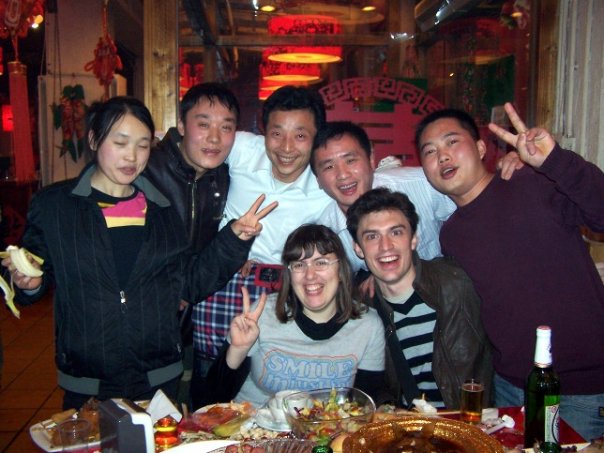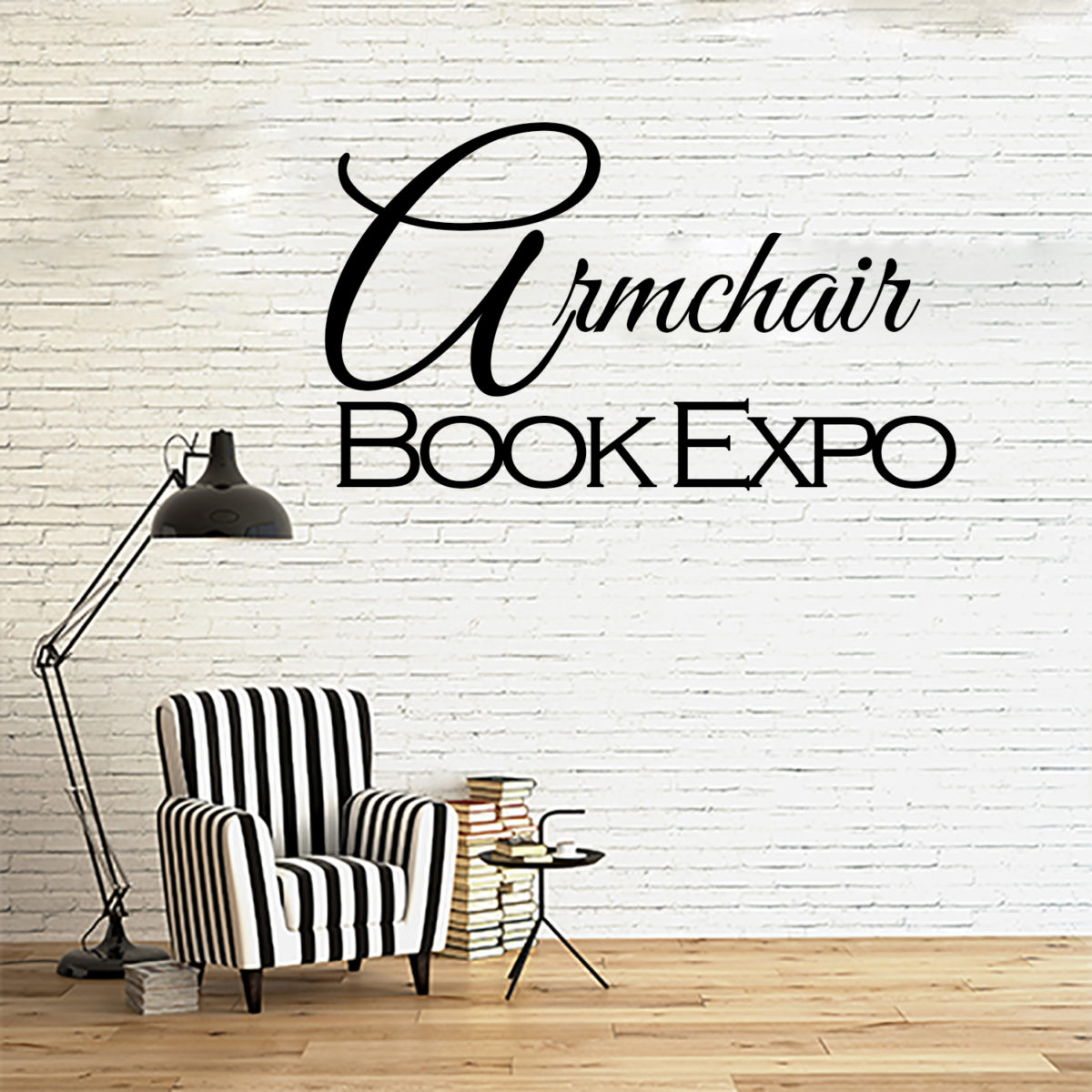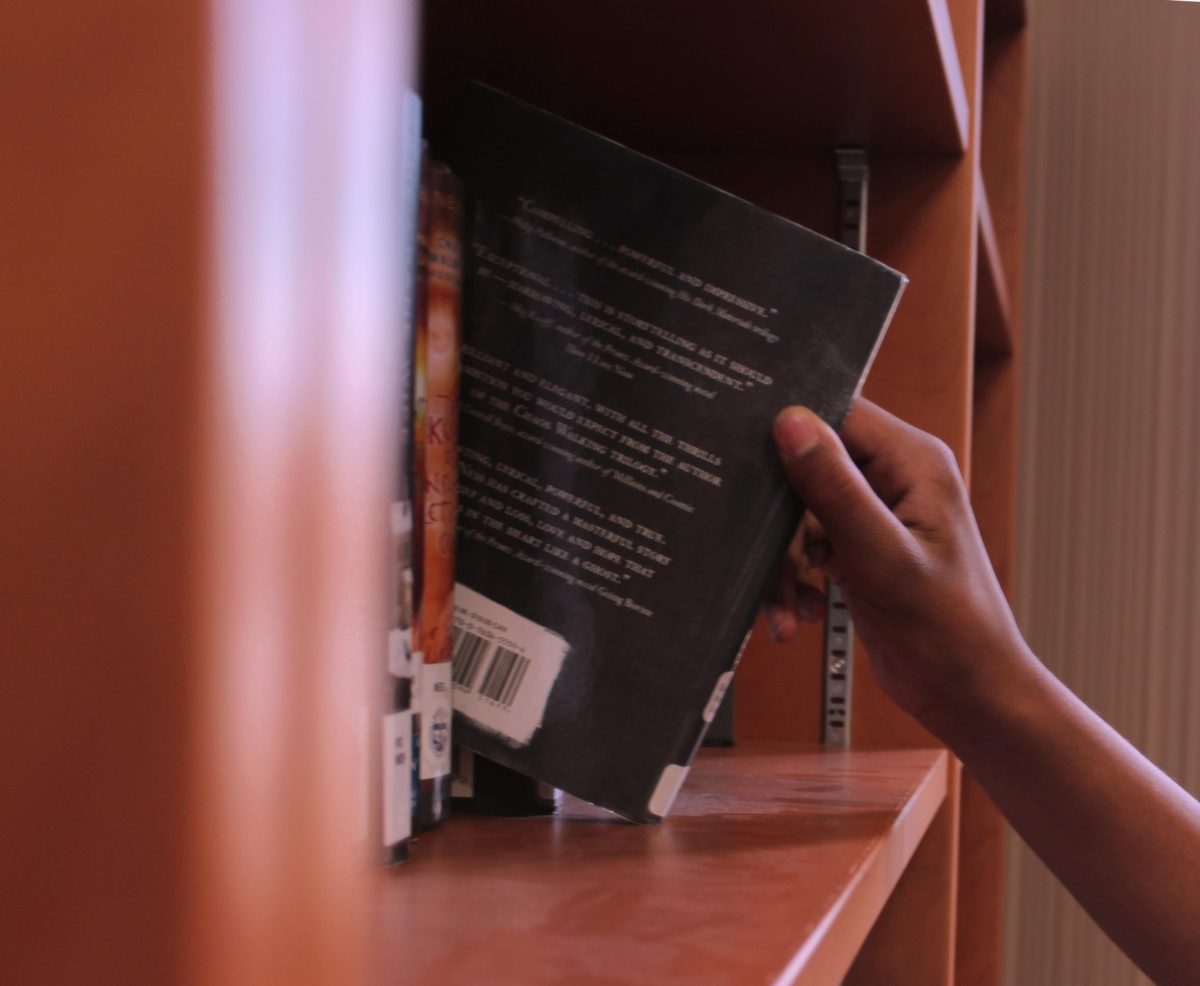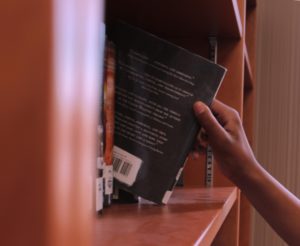ArmchairBEA is the Internet/social media version of BEA: Book Expo America. BEA is a chance for readers, authors, and publishers to mingle and share their love of the written word, not unlike Stockholm’s own (much smaller) Litteraturmässan.
I missed ArmchairBEA this year, which is a shame because it’s my favorite way to hear about new books and to find new book bloggers (and, increasingly, BookTubers — people who vlog about books on YouTube). It’s a potpourri of Twitter chats, giveaways, and blog prompts, and I’m so bummed about missing it that I’m going to participate anyway.
The first prompt is, as usual, a simple introduction prompt. In case you wanted to know more than what’s on my About Me page!
I am . . .
Most basically, I’m an American expat in Stockholm who cobbles together a living from freelance editing and EFL tutoring. I don’t see the fields as discrete; rather, they interact with and reinforce each other.
Currently . . .
I’ve just wrapped up lessons with three different students, just in time for me to pick up work on two (rather large) editing projects.
I love . . .
I love giving people the tools they need to articulate themselves. This is where editing and tutoring overlap, and it’s the best part of both jobs for me.
I also used to work in a jewelry-making supplies store, and incidentally that was my favorite part of that job as well. Only I was helping people articulate themselves through a very different medium!
On a less career/aspirational level, I love being outside in the sunshine (and being at home in the rain), reading, a good cup of tea, and Korean food.
My favorite . . .
My favorite Korean dish is budae jjigae (a spicy stew that includes assorted American-style meats), my favorite tea is Söderte, and choosing my favorite book would be like choosing a favorite child. You can read about my favorite books according to GoodReads, if you’re curious about my tastes.
My least favorite . . .
My least favorite precious gem is the diamond. Controversial opinion time, I guess! But even if they weren’t an ethical nightmare, I would still be unimpressed. I’ve seen properly cut, high-quality quartz that has the same sparkle and flash as a diamond. And that’s not even including Herkimer diamonds.
My least favorite book is equally hard to choose, but out of a field of mediocre reads, one that stands out is Rabbit, Run. I’m not a big Updike fan.
My current read . . .
Oh, so many! I have two that I’m reading for group obligations: Madonna in a Fur Coat for my Internet book club and The Writing & Critique Group Survival Guide for my in-person critique group. I’ve also borrowed The Thrilling Adventures of Lovelace and Babbage from a critique group friend, a book that is relevant to my interests as well as my ongoing writing project. Finally, my Swedish book of the moment is Karin Boye’s Kris.
My summer plans . . .
I’ll be traveling to the US in August for a wedding.
My buddy . . .
My buddy Aaron is the one getting married! Here we are in Beijing during Lunar New Year 2010:

He’s conversant, if not fluent, in (Mandarin) Chinese, and when I touched down in Beijing on the evening before Lunar New Year, he put that Chinese to good use finding us a place to eat. All of the restaurants anywhere near our hostel had been closed all day, or closed early. When we got here, they initially turned us away, too, but he finally switched to Chinese and explained that it was my first night in Beijing, and that I had just flown in from Seoul without any dinner. Either his Chinese, my sad story, or both convinced them to let us in, and we shared a huge company meal, complete with alcohol and dancing.
And now he’s getting married!
My blog/channel/social media . . .
The other place on social media where you can find me is on Twitter (@KobaEnglish). I would rather eat rusty nails than start a video channel.
The best . . .
The best part of this trip will definitely be seeing so many of my friends in the US who can’t take the time (or spend the money) to come see me in Stockholm.



